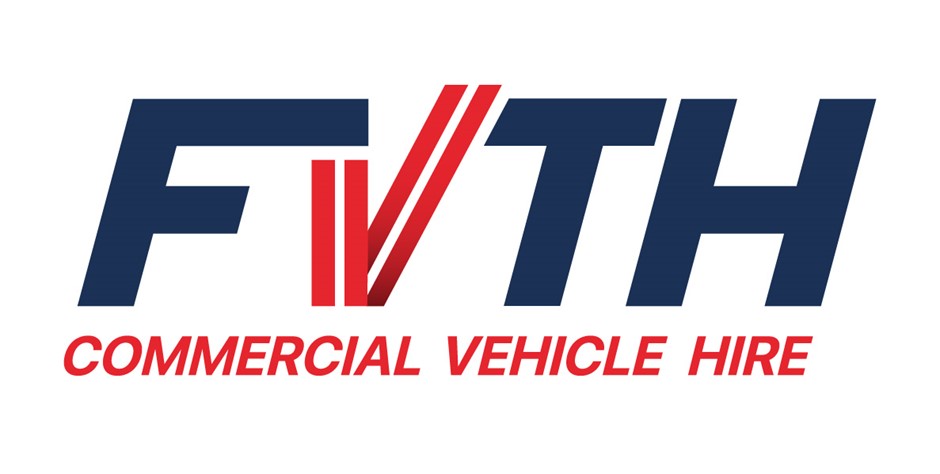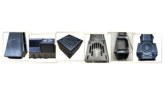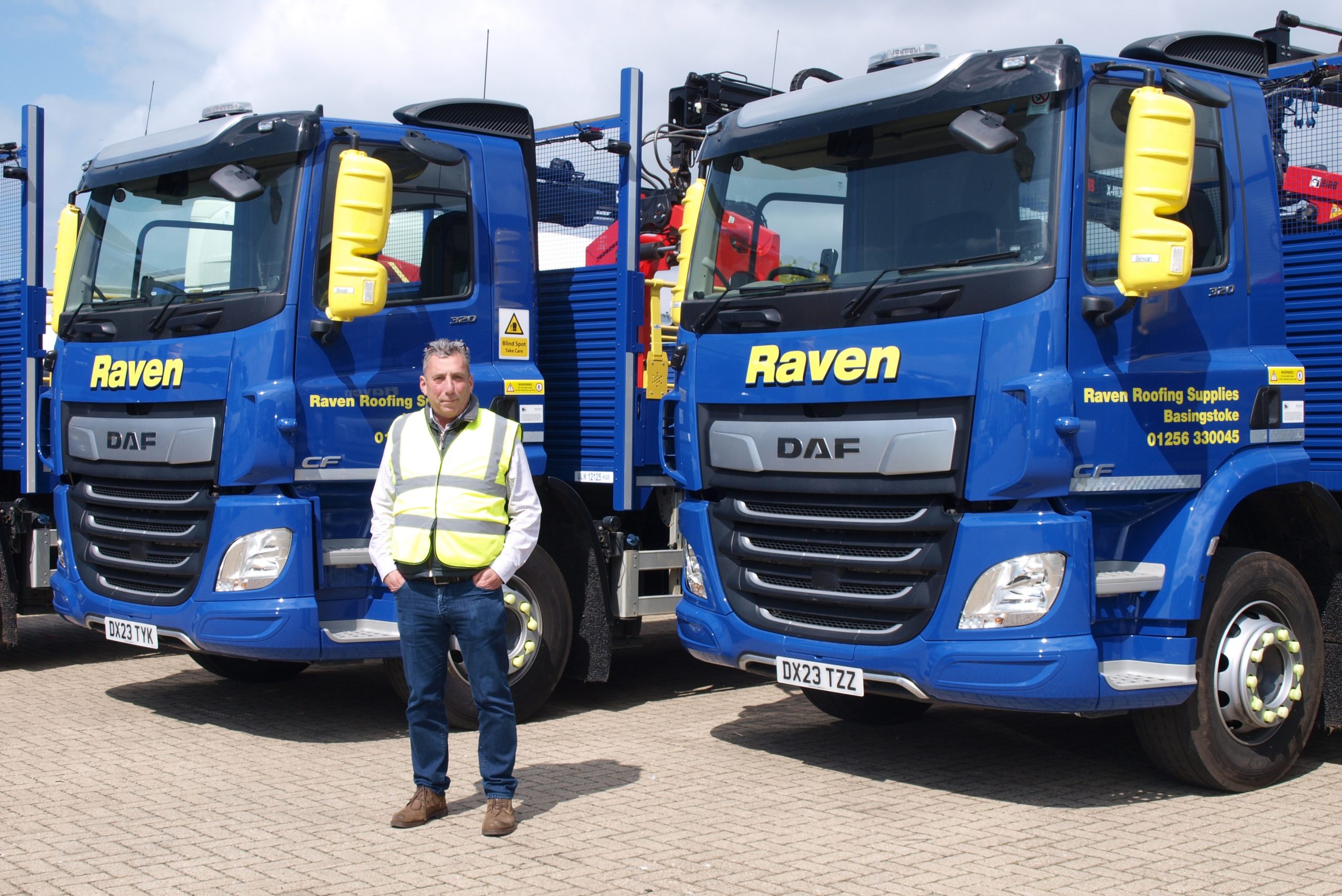
Tim Houghton, Managing Director of FVTH, shares how merchants can most effectively plan their transport needs.
Running a fleet of vehicles in today’s climate is not an easy task. Having been in the transport industry for many years, with the last eight with FVTH, life is not getting easier! Keeping up with the latest in technology, fuel and compliance can be a full-time job in itself.
So, looking at your fleet and forward planning will keep things cost-effective and efficient. Knowing that transport is not your main business but the means of getting your product out to your customers in an efficient and effective way, means that sometimes it is a headache that you do not need.
However, it is an essential for you to offer the best service to your customers — so partnering with a transport company can sometimes be a real answer. For example, Darren Price, Managing Director of Lords Group Trading Merchanting Division, commented: “FVTH has worked with us for the last twenty years supplying rental, contract hire and bespoke vehicles. As a working partner it is great, and one of its strengths is its flexibility and adaptability — small enough to be nimble and quick to make decisions, but large enough to be able to provide excellent service across the board.”
Options to grow and update your fleet
Fleets are never a static size, continually needing adjustment. Purchasing a new truck is a large capital investment and is not the only option in today’s market. You will need to consider your business model and get financial advice; but often the move to contract hire with some spot rental allows businesses to free up capital, keep abreast of the changing vehicle environment, and get more management time.
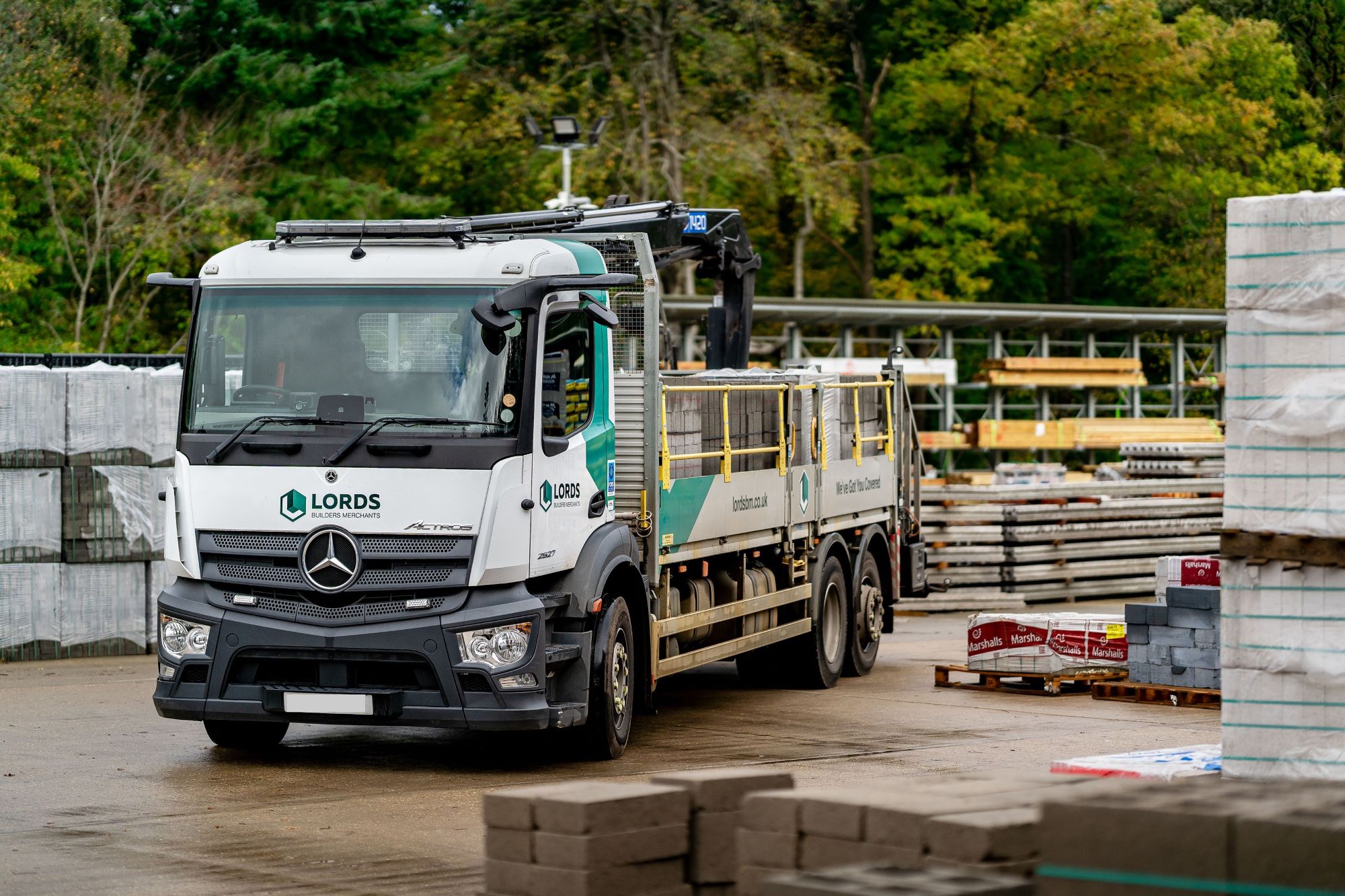
Rental as a flexible alternative
Fleets cannot always accommodate peak times comfortably. Keeping a vehicle in the fleet might only needed for three months of the year is wasteful and certainly not cost-effective. FVTH has partnered with numerous builders’ merchants over the years, bridging the gap many times.
And whatever the industry, planning is key — peak time is for everyone, and there are not always enough suitable vehicles to go round. Large corporates often book their rental requirement for peak at least a year in advance, taking up much of the capacity out in the market.
Within this market, peak is from March through to October. Given we are now in January, planning needs to be in place within the next two months — by March, you could well have missed the boat.
Planning well allows you to:
- ensure you get the vehicle you really need.
- lock in rates which are more advantageous than a last-minute booking.
Understanding that most companies have a need to supplement their fleet for peak requirements, the FVTH builders’ merchant fleet has grown in the last five years with the addition of extra 18t and 26t crane vehicles, and with brick grabs as well, whilst we can also supply bespoke rental solutions.
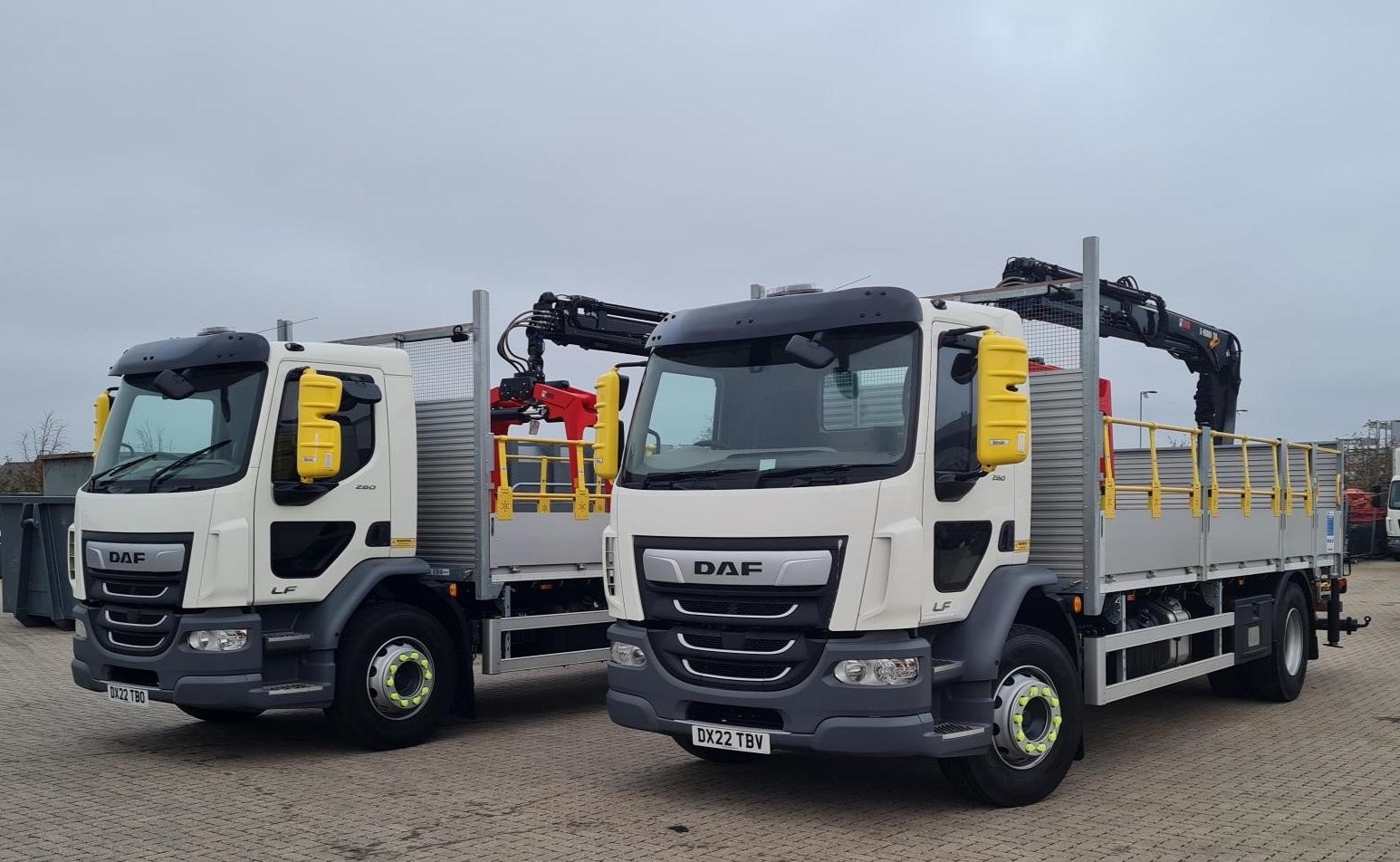
The used vehicle option
With new trucks in short supply and with long lead times, another fleet expansion solution is to look at used vehicle alternatives. There are some excellent trucks out in the market, and often at very good prices.
If you are thinking of buying a used vehicle:
- List your specific truck requirements and specifications.
- Have a budget in mind.
- Talk to someone you trust when buying.
- Check the history and maintenance records, and the current condition.
- Check over the truck in detail — tyre tread, oil levels, rust, mileage, paintwork, bodywork, glass.
Click here for FVTH’s checklist on buying a used vehicle
Technology & telematics
Fleet management now includes integrated telematics platforms that aim to increase safety, efficiency and often sustainability. This real-time data can be invaluable to the fleet operator, giving accurate information on how the fleet is working.
Smaller fleets and independents can take advantage of technology, either directly or through their contract hire company. Numerous telematics tools can make the life of the fleet manager easier, giving a clear and accurate picture of fleet efficiency and, in the long-term increasing profitability.
This data and information also offers a way to improve safety and reduce insurance claims, however over 50% of fleets are still not maximising telematics — this technology should be seen as a friend to the business and not as the ‘spy in the cab’ for drivers.
Fuel
The endless question of fuel still looms large throughout the industry. Moving to electric has not always been seen as a positive, however the government target of 2040 for HGVs is driving manufacturers to produce more electric vehicles.
Transitioning to electric is complicated — one of the first steps to take is to get insight into how your vehicles are working today, gaining a real understanding of your existing fleet movements and analysing which vehicles may be suitable for the move to electric.
eHGV benefits include:
- Lower emissions
- Lower running costs
- Reduced noise
- Reduced carbon footprint
- Competitive advantage
The costs need careful consideration but running and maintenance costs will be lower than the equivalent ICE models. Introducing some electric vehicles into your fleet over the next few years will be the way to go.
Sharing infrastructure with other similar local companies and utilising public charging points may be one answer for smaller fleets while using fuel cards — across multiple fuel types — may help keep budgets sorted. Furthermore, the relatively small size of the UK will mean that over 50% of British HGVs will only ever need to charge from their home depot.
Compliance
Legislation and compliance around fleets is greater than ever. Dependent on the contract, working with a contract hire partner can mean all your compliance requirements are covered, as you are only leasing the vehicle. This often works extremely well for smaller fleets, where management and manpower can be better employed on other aspects of the business.
There are many safety regulations around HGVs, some relating to the vehicle and more relating to drivers. Keeping track of all these regulations can take time, something often in short supply in a busy company.
Direct Vision Standard is a good example. Introduced into London, it may well move out to other urban areas — new cameras are required, and all-round visibility needs to be upgraded for improved safety. In place from October, but with an extension until May, operators need to ensure they have all their relevant vehicles licensed.
We can only touch on some of the areas that face all fleet operators today, but collaboration and working with trusted transport partners gives that added security and knowledge base that makes transport planning so much easier — taking one more headache away, so that you can run your business for your customers.
For more information on FVTH fleet management solutions, use the shortcode www.rdr.link/mbk014
Click or tap here for FVTH’s checklist on buying a used vehicle.
The main image (top) shows FVTH MD Tim Houghton with vehicles for customer Raven Roofing Supplies.
